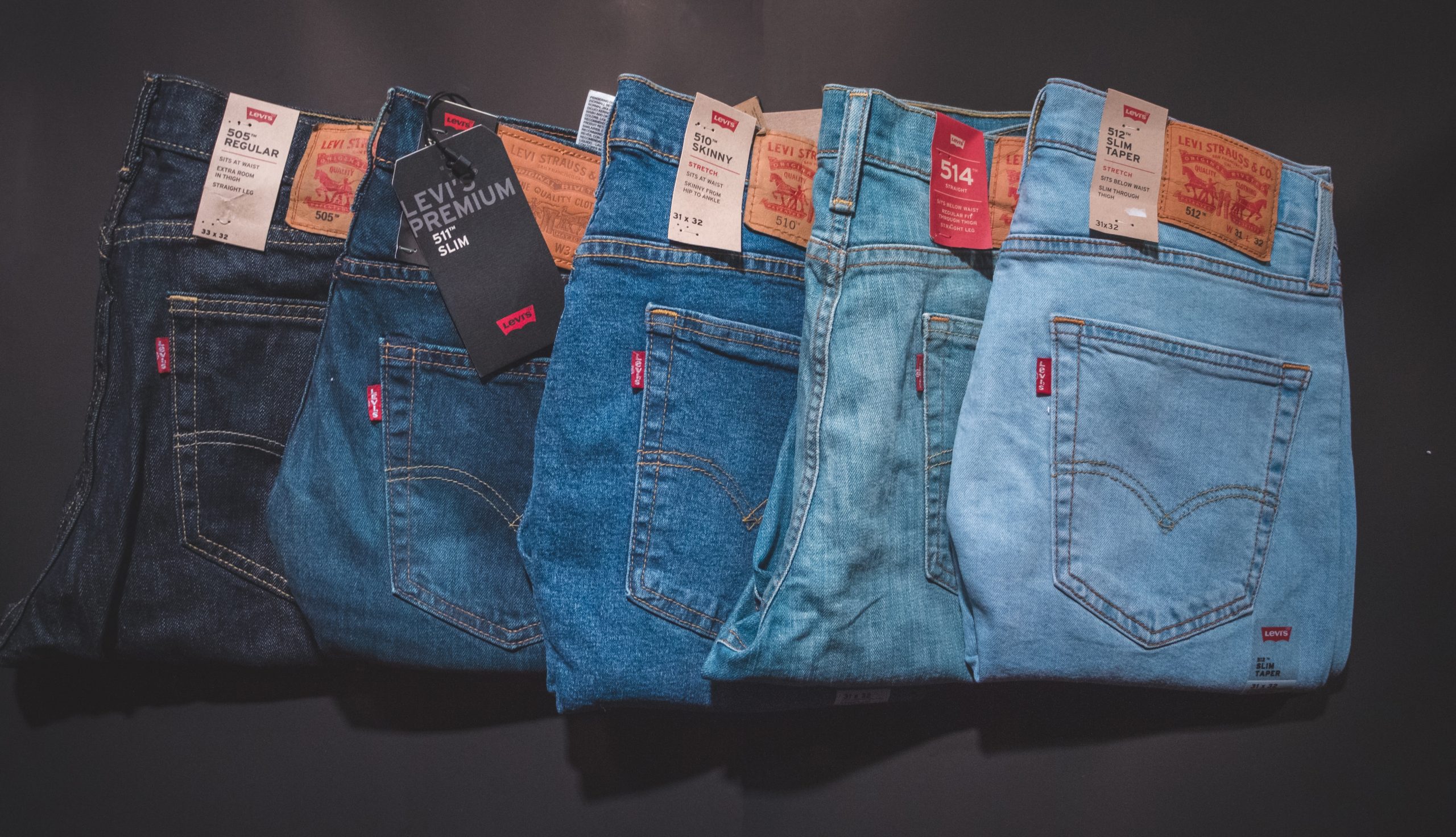Denim jeans have become so common that we can’t stop wondering where our favorite pair came from, what their history is, and how they were made.
Despite the variety of pioneering materials available, denim remains among the most durable, versatile, and popular fabrics. Jeans transcend gender, age, and social class, with the majority of people having more pairs than the weekdays. Their appeal will never go out of style, but the fabric and design technology will change.
New types of sustainable denim appear as manufacturers respond to customer needs for environmentally friendly fabrics and production methods.
Who invented denim jeans?
When Levi Strauss created the first pair of denim jeans in the late 1860s, he invented jeans. However, after receiving patent no, Jacob Davis and Levi Strauss introduced the first true modern blue jeans in 1873. 139,121 from the United States Patent as well as trademark Office for the contemporary design, including copper studs at pockets and the bottom of the fly for reinforcement.
History of Denim:
Denim was created in the French town of Nîmes. Denim is named after the town of Nîmes (“de Nîmes”). These jeans were manufactured in Italy throughout the Renaissance and marketed over Genoa’s harbour. Denim worked well for the Genoese Navy’s sailors who needed tough pants.
However, in the 1800s, blue jeans became notable in Europe and weren’t like modern American blue jeans. Two enterprising immigrants were responsible for developing what we now know as blue jeans.
A German dry products wholesaler Levi Strauss started selling blue denim jeans to workers in California in the 1850s. Jacob Davis, a Latvian tailor, was one of his regular customers at his Levi Strauss & Corporation wholesale business.
Denim redesign
When a Davis customer objected about his denim pants tearing all the time, he tried the idea of employing copper rivets to bolster the seams and pockets. He just wanted to patent his vision, but he didn’t have the $68 he needed.
Davis eventually consulted Strauss and advised they start a company together. Workers loved the riveted pants, known initially as “waist overalls” by the men. Davis was hired by Levi Strauss & Co. in San Francisco to oversee the output of the riveted pants.
Levi Strauss & Corporation was only brand that made riveted garments for almost 20 years, thanks to their patent. Though, after their patent ended, lots of other clothing companies began to print their designs. Blue jeans, commonly referred to as “Levi’s,” which the company later trademarked.
In the 1950s, blue denim jeans became a major part of the current culture when James Dean dressed them in a blockbuster movie.
The pioneering immigrants who turned denim and tiny metal pieces into the world’s most famous clothing probably had no idea how famous they would become. No other clothing item is more associated with American culture, particularly the American West.
Jeans Manufacturers from 1890 to 1950:
Levi Strauss certainly dominated the early jeans market because they invented the product and had a significant first competitive edge.
Miners, ranchers, farmers, lumberjacks, cowboys, factory workers, and laborers were all fans of Levi jeans, known for being tough, comfortable, functional, hard-wearing, and affordable.
With the growing demand for tight-fitting denim jeans or pants, two other early manufacturer companies, which include: the H.D. Lee Mercantile, founded in 1898, Kansas, the United States. And the Western Garment Company (GWG), which originated in 1911 in Edmonton, Canada, wanted a piece of the working-class pie.
The Lee Company began as a denim workwear company, but by the 1950s, the company had branched out into casual clothing. Since then, Lee Mercantile has grown in popularity around the world, effectively competing with Wrangler, Levi’s long-time competitor in the denim and jeans marketplace.
The GWG Company began by producing tight-fitting clothing for an expanding workforce. GWG was manufacturing casual denim pants for the entire family by the 1960s. Levis Strauss & Co. purchased 75% of GWG in 1963.
Casey Jones, who had recently purchased the Blue Bell Company, introduced Wrangler genuine western jeans to the market in 1947. Rodeo cowgirls and cowboys favored Wranglers, and in 1996, one out of every 5 pairs of denim pants sold in the United States bore the Wrangler logo.
The Future of Denim:
As we approach a new decade and wonder, “What will the future of denim look like?” Consumer concerns about whether or not their products are sustainable are steering brands in the direction of the fashion industry as a whole, and the denim production market is responding.
Even though many top brands have been committed to sustainable solutions for some time, the introduction of denim collections by rapidly rising fast fashion etailers, as well as solid performance from those highly innovative premium brands, are assisting the denim industry’s growth.
However, the classic indigo blue jeans’ future appears to be green in essence and classic in form. Indeed, blue jeans are forever.
Denim Facts:
- Jeans were found to symbolize rebellion in the 1950s, and they were banned from schools, theatres, and restaurants.
- One cotton bale contains ample raw material to make 325 pairs of jeans.
- Off-duty armed forces wore jeans while on duty overseas, and jeans became popular outside of the United States.
- Jeans were designed as practical workwear, and the indigo color was chosen to help miners and laborers hide dirt.
- In the 1950s, the term “jeans” became popular. Previously, they were referred to as waist overalls.
- Orange is the most popular stitching color on jeans, initially done to complement the copper rivets employed to make Levi jeans.
- On May 20th, 1873, Levi Strauss patented his idea, and this date is now known as the “birthday” of blue jeans.
- The smaller pocket in a pair of jeans’ front pocket was initially intended for a pocket-sized watch. Wristwatches are more popular nowadays, but most jeans still have a watch pocket as an aesthetic touch as well as a nod to denim history.






